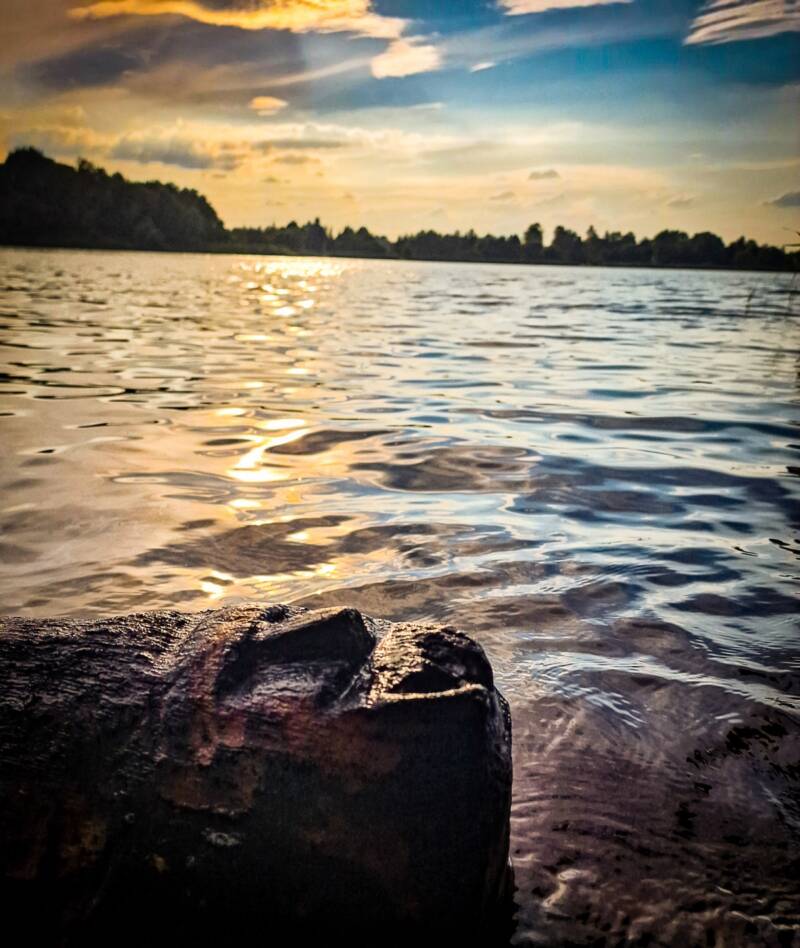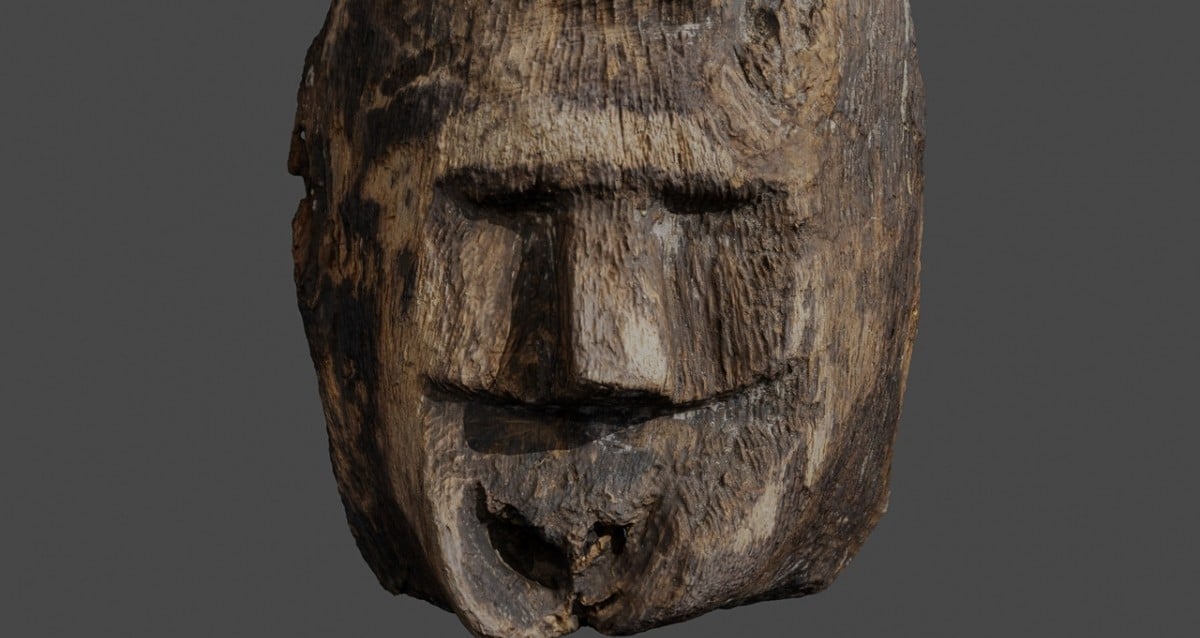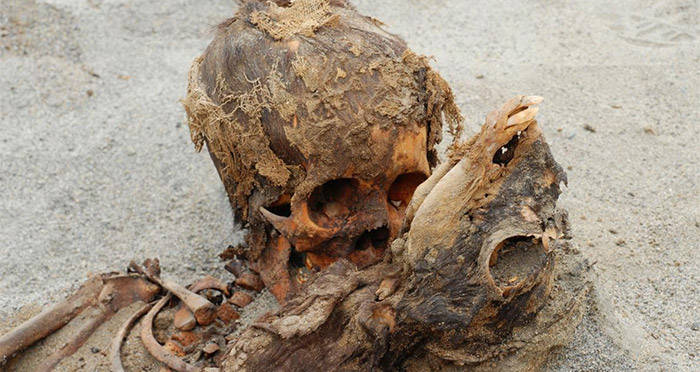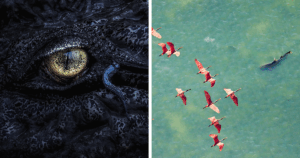Secrets Beneath the Waves: Mysterious 1,000-Year-Old Human Face Carving Discovered in Polish Lake
This carved face only survived through the centuries because the beam settled on the bottom of the lake, perhaps during a landslide, allowing it to be preserved.

Museum of the First Piast DynastyResearchers believe the face carving would have looked out toward the lake, symbolically protecting the fortress from attack.
Archaeologists say the face would have faced outward, overlooking the lake, and may have represented a protective spirit or deity that lived in bodies of water. This suggests that human-like representations of deities or spirits may have been more common in medieval Slavic culture than they previously believed. However, it is difficult to definitively determine this one way or the other, given the lack of similar artifacts.
There are a few examples of finds similar to this one from St. Petersburg, Russia, as well as the island of Wolin in Poland. The four-faced figurine discovered in Wolin has similar physical features to the carved face found in Lake Lednica. Its similarly triangular chin and straight nose show there may have been a local shared culture.
Archaeologists say the carved face fits into what is already known about Slavic spiritual traditions and “opens a fascinating discussion on the spiritual life of early medieval Slavs.”
The wooden face will be on display at the Museum of the First Piast Dynasty in Lednica beginning next year.
After reading about the carved human face found at the bottom of Lake Lednica, look through these reconstructed faces of ancient people. Then, learn about the haunted history of India’s Roopkund Lake.













